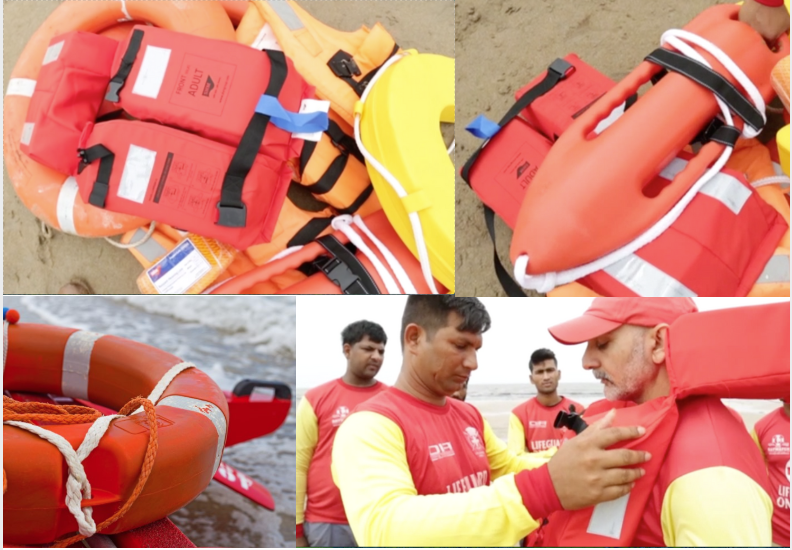Water Rescue Equipment Your Crew Needs
In fair weather, it’s easy to appreciate the tranquility and joy the ocean brings. While it is undeniably beautiful, it can be equally as dangerous. If you participate in maritime activities, you are probably all too familiar with the risks and may have even witnessed a man overboard situation. No matter what type of watercraft you have, it’s smart to have some form of rescue equipment and training. Take your time to learn about some of the innovative products on the news business insider market.
Training Dummy
The most successful rescues involve a well-trained crew. To make the most of water rescue training, you should work with a quality dummy. Ideally, your manikin will be a realistic height and weight. Look for a dummy with a range of motion similar to a human’s. Also, consider what type of rescue scenarios you will be practicing. Some dummies can float vertically, horizontally, or below the water’s surface. The more similar your manikin can make your training to a true man overboard situation, the better.
Rescue Scoop
Conditions aren’t always favorable for launching a small rescue craft. Endangering more crew members during a rescue is counterproductive, but you can use a deck crane and specially designed scoop net to safely bring persons out of the water and onto your vessel. The scoop requires no interaction from the man overboard and supports bodies to prevent injury. You can select a scoop model that fits the size and shape of your vessel.
Rescue Frame
A rescue frame is a simpler, manual, and more compact scale rescue scoop. They are ideal for a small watercraft with low freeboards. Pulling a heavy person from the water without any equipment can be difficult and risks more crew falling in. Using a small net attached to your railing disperses weight, supports the man overboard evenly, and allows for a quicker rescue. When not in use, these nets can be rolled and stored in a small amount of space.
Scrambling Net
For an easy, cost-effective piece of equipment, consider a scrambling net. These types of nets have come a long way from traditional rope versions. Quality nets now boast features like rigid, non-slip rungs, weighted bottoms, and heavy-duty webbing. The net will be easier to climb if you purchase one with spacers, so it doesn’t rub against the side of the boat. You can upgrade your net with hauling lines for those unable to climb themselves or an easy installation frame.
Rescue Basket
A rescue basket is another piece of equipment that can be operated with power assistance. You should look for a basket that is safe, stable, and comfortable. A quality basket will have a large float to prevent capsizing and sit low in the water for easy access. If your vessel lacks extra space, some models can fold down to be stored.
Rescue Star
If you like the idea of a rescue basket but want something smaller, consider a rescue star. Not only does the compact design still offer stability, adaptability, and a robust frame, but it can also work independently of a crane. It can adjust to the wave height and requires low maintenance and storage space.
Rescue Pole
You should never overlook the simple equipment when it comes to a man overboard rescue. The Dacon pole can telescope out up to 17 meters. For quick rescues, a pole can be extended out to your desired length in a matter of seconds. You should use a strong, lightweight option for the best results. Because rescue poles are so easy to use, don’t require users to enter the water, and aren’t influenced by environmental factors, they are the perfect piece of equipment for any watercraft. You can even add different attachments to better suit your needs.
Life Ring
A life preserver ring is among the most basic pieces of equipment every vessel needs to have. It can be hung in plain sight and quickly tossed into the water. Ideally, the ring should be orange for the best visibility. Rings can make a huge difference in preventing people from drowning or drifting away while other equipment is readied.
When you are involved in water rescue, having reliable, high-quality equipment is a must. Do your part to keep your crew safe at sea.



